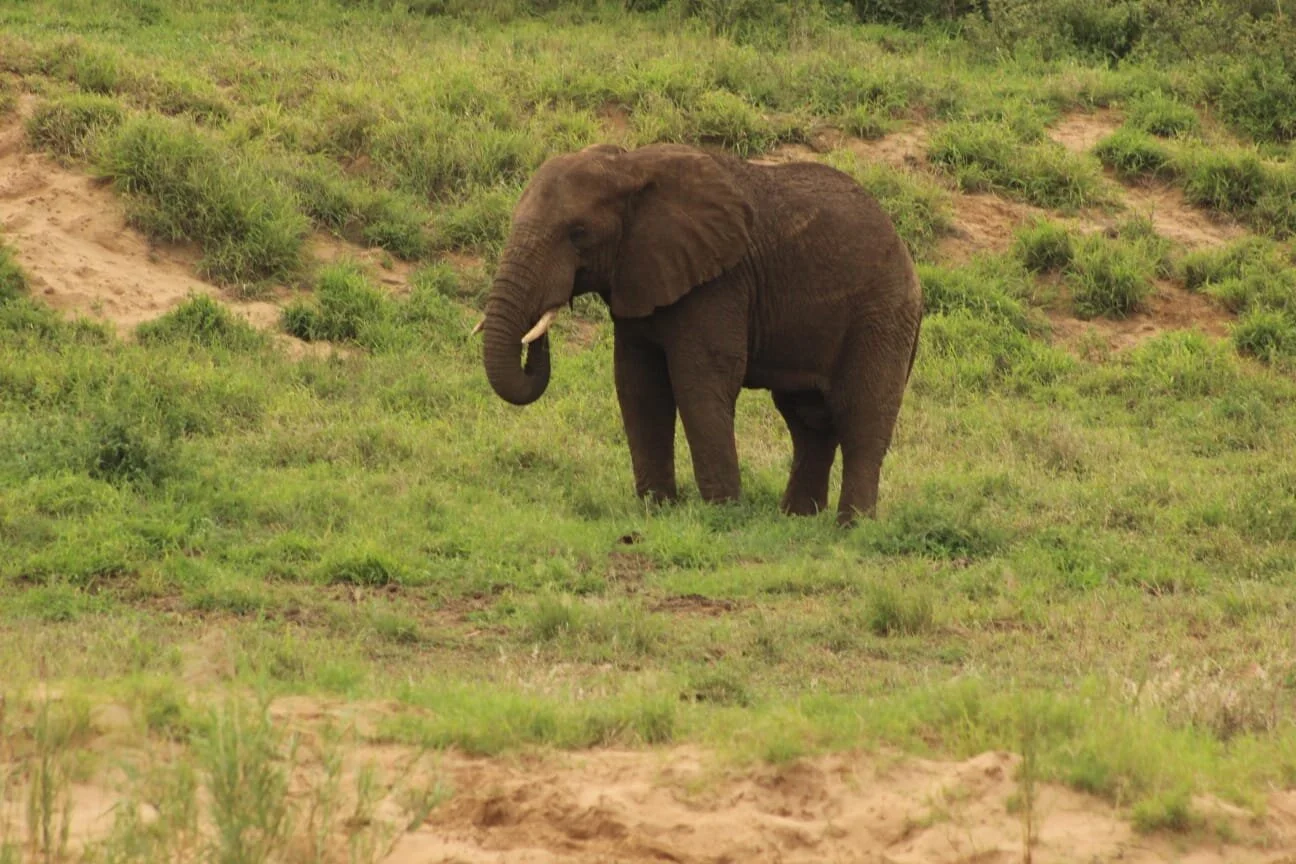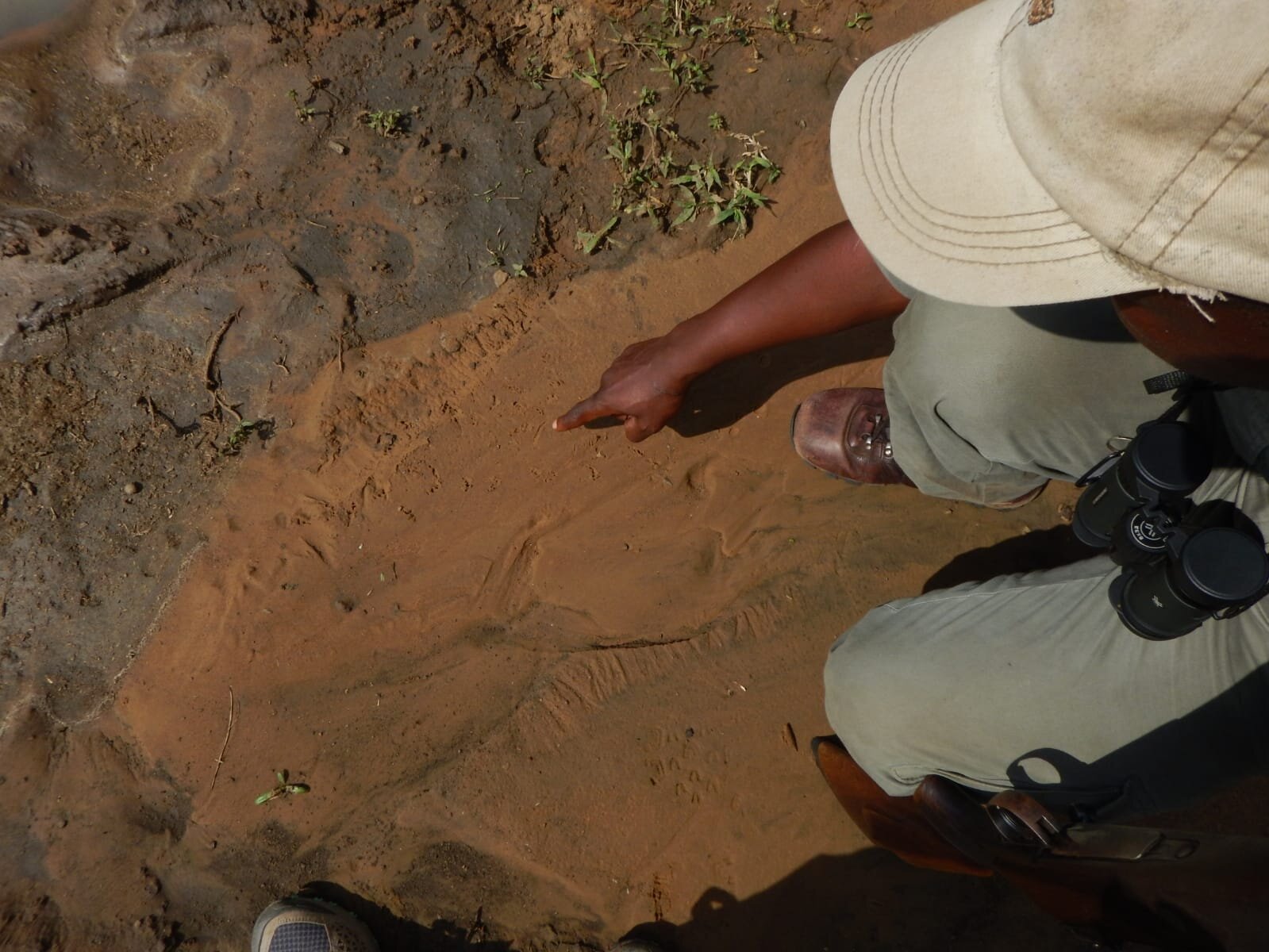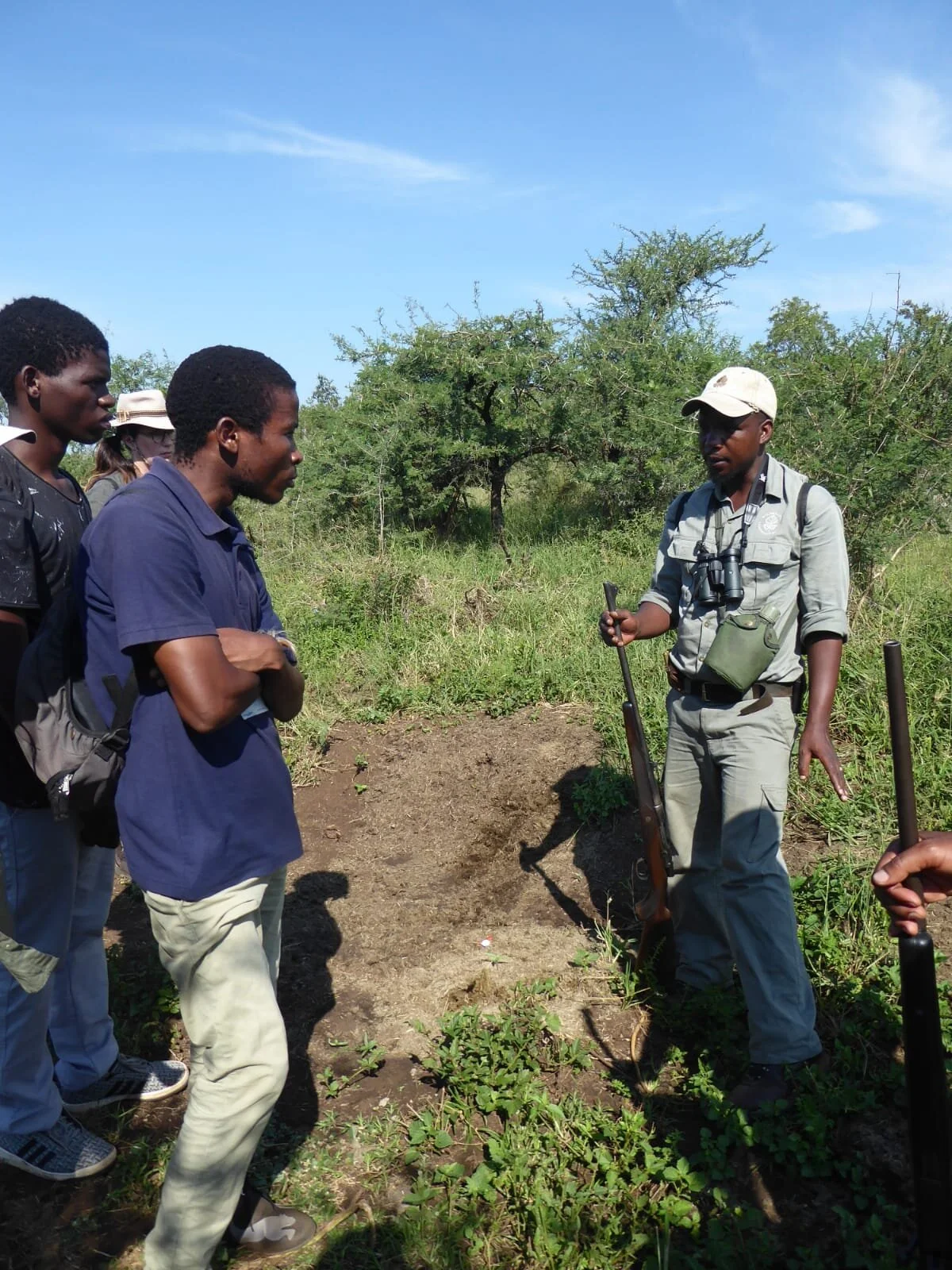
Drakensberg
The beauty of the Maloti-Drakensberg Park World Heritage Site is evident in its soaring basaltic buttresses, golden sandstone ramparts, rolling high altitude grasslands, steep-sided river valleys and rocky gorges. The area has incredibly rich biodiversity including many endemic species.
Drakensberg national park
Groups range from 5 to 8 people
5, 6, or 7 days trails available
from September to April
Practicalities
Trails will be hosted in Drakensberg mountain, on the Cobham side. This is South Africa’s first cultural and environmental World Heritage Site, and is approximately 150 km from Pietermaritzburg.
Our guides are very experienced and know exactly where to go and what is safe. In addition, they have a lot of passion and knowledge about the area and the wild animals that live there. If you are interested to connect with nature please fill in this form.
Prices
The price per person is $2000 or €1750.
Let’s get started
We will organize online meetings where questions can be asked, groups will be formed, and if all clear, dates can be scheduled. Please let us know how many people would like to join and how many days you would like to spend in the park. We will come back to you as soon as possible. Send us an e-mail at info@naturetrails-southafrica.com, or fill out the form below






![PHOTO-2021-01-26-12-52-37[1].jpg](https://images.squarespace-cdn.com/content/v1/60bbcd4815f1281eeab6f2ae/1622920521510-48CWIK9WYIOV6N4D84UP/PHOTO-2021-01-26-12-52-37%5B1%5D.jpg)
![PHOTO-2021-01-26-12-52-42[1].jpg](https://images.squarespace-cdn.com/content/v1/60bbcd4815f1281eeab6f2ae/1622920521344-1CMEGNJ4INCRO0ZOWIEE/PHOTO-2021-01-26-12-52-42%5B1%5D.jpg)







![PHOTO-2021-01-26-12-52-58[1].jpg](https://images.squarespace-cdn.com/content/v1/60bbcd4815f1281eeab6f2ae/1622920521394-RN9RHP5J1RAUREV37YFZ/PHOTO-2021-01-26-12-52-58%5B1%5D.jpg)











![PHOTO-2021-01-26-12-54-21[1].jpg](https://images.squarespace-cdn.com/content/v1/60bbcd4815f1281eeab6f2ae/1622920521547-7MZ8K6T2G8OQB2U1S0VV/PHOTO-2021-01-26-12-54-21%5B1%5D.jpg)

![PHOTO-2021-01-26-12-54-23[1].jpg](https://images.squarespace-cdn.com/content/v1/60bbcd4815f1281eeab6f2ae/1622920521351-H5MJOZSOG2JLZAP3YS7Y/PHOTO-2021-01-26-12-54-23%5B1%5D.jpg)

























FAQ
What equipment will I need to bring?
We provide a complete equipment list for participants. This list contains EVERYTHING you will need for the wilderness trail. Anything that is NOT on this list is extra, and we suggest that you leave it behind, because it will just make your backpack heavier! Please note that electronics (including cell phones) are not permitted on wilderness trails.
Nature Trails Ltd provides participants with camping equipment, so you only need to bring the items listed on the equipment list.
How far will we walk?
Wilderness trails are not about getting from A to B. They are not about 'achieving', measuring ourselves, proving ourselves, or “doing”. Wilderness trails are about being. They are about being where we are, and being with ourselves. They are about slowing down and encountering nature at its own pace, instead of the pace we impose on it.
As a result, we do not walk all day, and we do not try to cover large distances. In Umfolozi, we usually walk less than 5km a day if we are carrying heavy backpacks. However, the wilderness is always unexpected, and so we try not to set up defined expectations about things like the distances we will walk, or how long things will take. Distances and times will vary with the season, the weather, the group, and the movements of the animals in the bush. On a wilderness trail, we don't impose human plans onto nature. Rather, we listen to the situation, and respond accordingly.
So, we may not know how far we will walk until the walk itself is already happening, and we made need to change our “plans” as we go along. It is better to drop your expectations and make friends with “not knowing”.
However, in general, the focus is not on covering large distances, but on deepening into the experience of being where we are. This is a chance of mindset from the busy modern world. Instead of constantly “doing”, we focus on “being”. So, we will walk for part of every day, but it will not be like a marathon.
Can I use my own camping gear, like my own sleeping bag and backpack?
You can use your own camping equipment and backpack if you prefer, BUT please discuss this with your guide. The equipment that Nature Trails Ltd provides to participant is carefully chosen for African wilderness trails and is often more suited for wilderness trails than participants' own camping equipment. This includes carefully designed backpacks which are the right size for group equipment, camping mattresses that are resistant to African thorns, etc. If you would prefer to bring your own equipment, you can bring it but when you arrive, please check with your guide whether it is suitable, and you can still decide to use the equipment we provide instead.
What will we do each day during the wilderness trail?
In today's world, we have become familiar with having plans, and a schedule and agenda. A wilderness trail is the opposite of these things. It is an experience of living in the present, an attuning ourselves to what is needed right now in the moment. We practise letting go of planning, and of trying to control our time with a schedule and agenda. In nature, these things do not exist, and wild being live in the present moment.
However, there are a few things that will happen on most days. These include the basic elements of wilderness camping, which your guides will explain to you. A wilderness trail is participatory, so you can expect to join in with group activities like setting up camp, preparing food, collecting firewood and water, doing Nightwatch, tending the fire, and washing the pots in the river. Each day there will be some space for silence and reflection, and some walking. Every trail also includes some opportunities for solitude, and for facilitated group conversations (called Council or Indaba). Apart from these things, every day and every trail will be unique, depending on what happens in nature and in the group. Instead of trying to impose our ideas onto nature, we experience what arises spontaneously. Because this is so different to how Western culture usually works, this itself can be a transformational experience for many participants.
How heavy are the backpacks we will carry on the trail?
You will need to be able to carry a backpack weighing about 15kg-20kg, including your share of the group's food and equipment and your personal water. In Umfolozi, the distances we usually walk with full backpacks are not very far—you will not carry a heavy backpack all day—but you should be prepared for it to be quite heavy. If you are not physically capable of carrying a backpack of this weight, please discuss this with your guide and it may be possible to ask other participants to carry some of the heavier weight.
Although backpacks can be heavy, participants always manage, or we share the weight among the group. We are experienced with guiding groups of all ages, genders and fitness levels, from teenage girls to people in their 70s and 80s, and everyone manages. If you have concerns, you are encouraged to discuss them with your guide or group leader.
How fit do I need to be?
You will need to be averagely fit. You do not need to be athletic to participate in a wilderness trail with Nature Trails Ltd. We often have participants who have never hiked before. As with any adventure, a greater level of fitness can make the experience more enjoyable for you. However, your guides will make sure that the group stays together and moves at the pace of the slowest, so you do not need to worry about being left behind.



